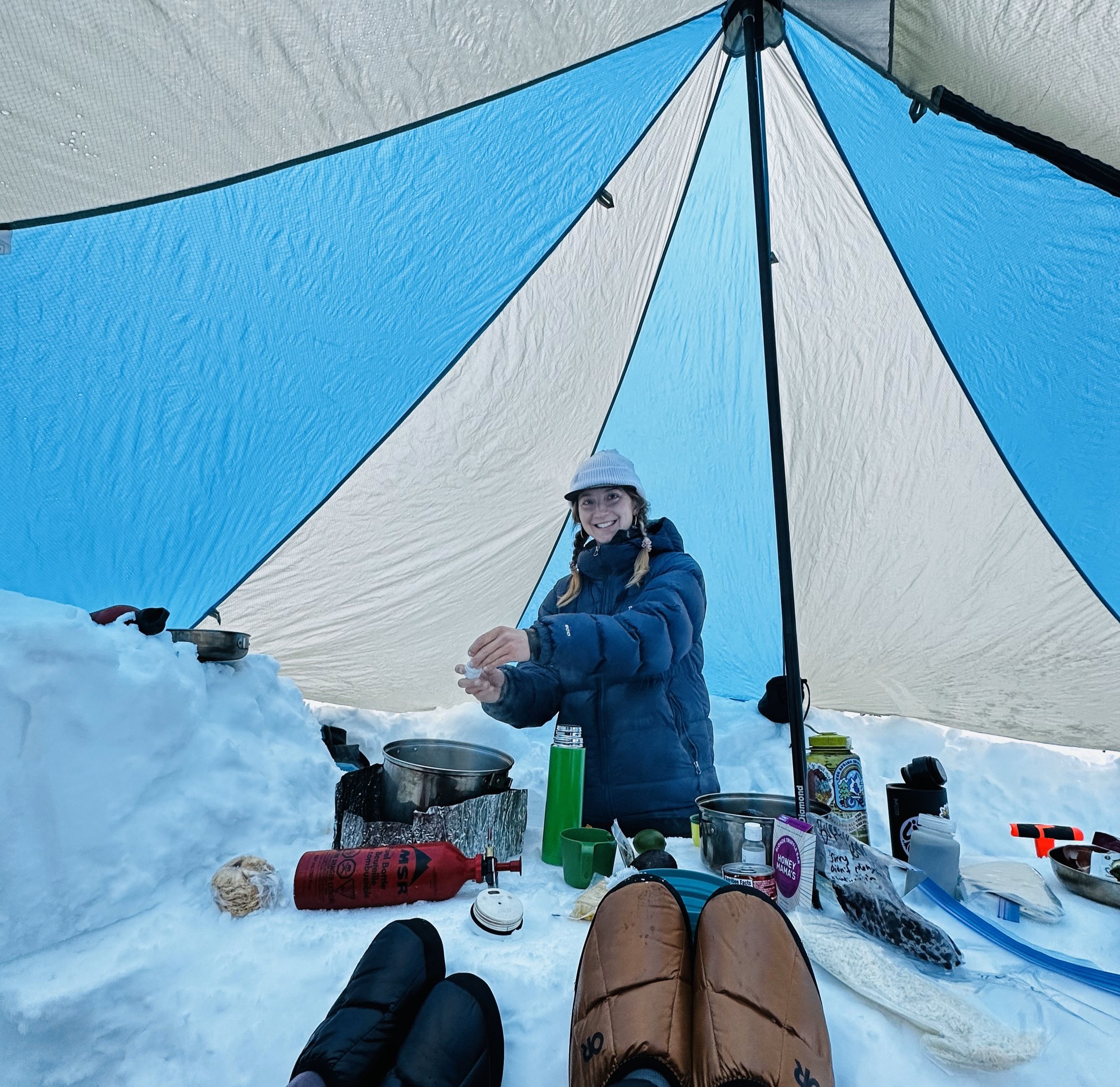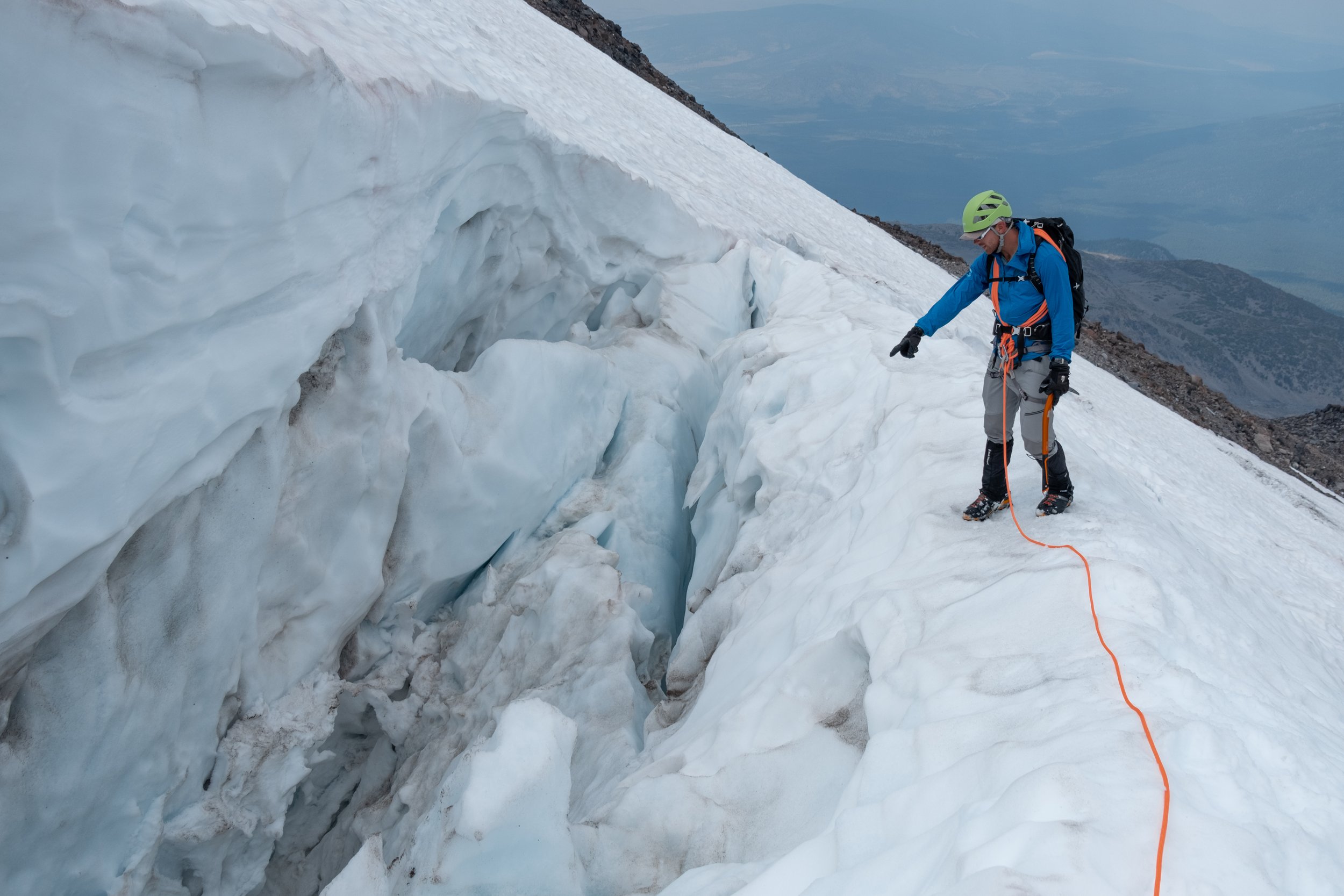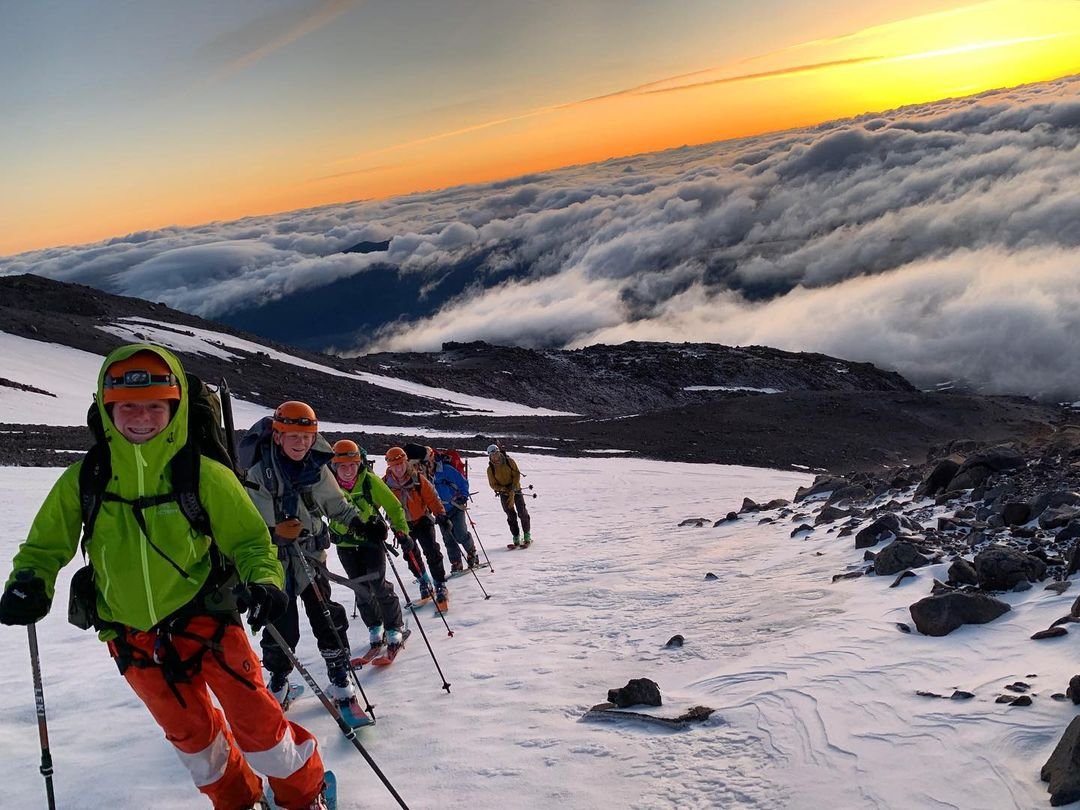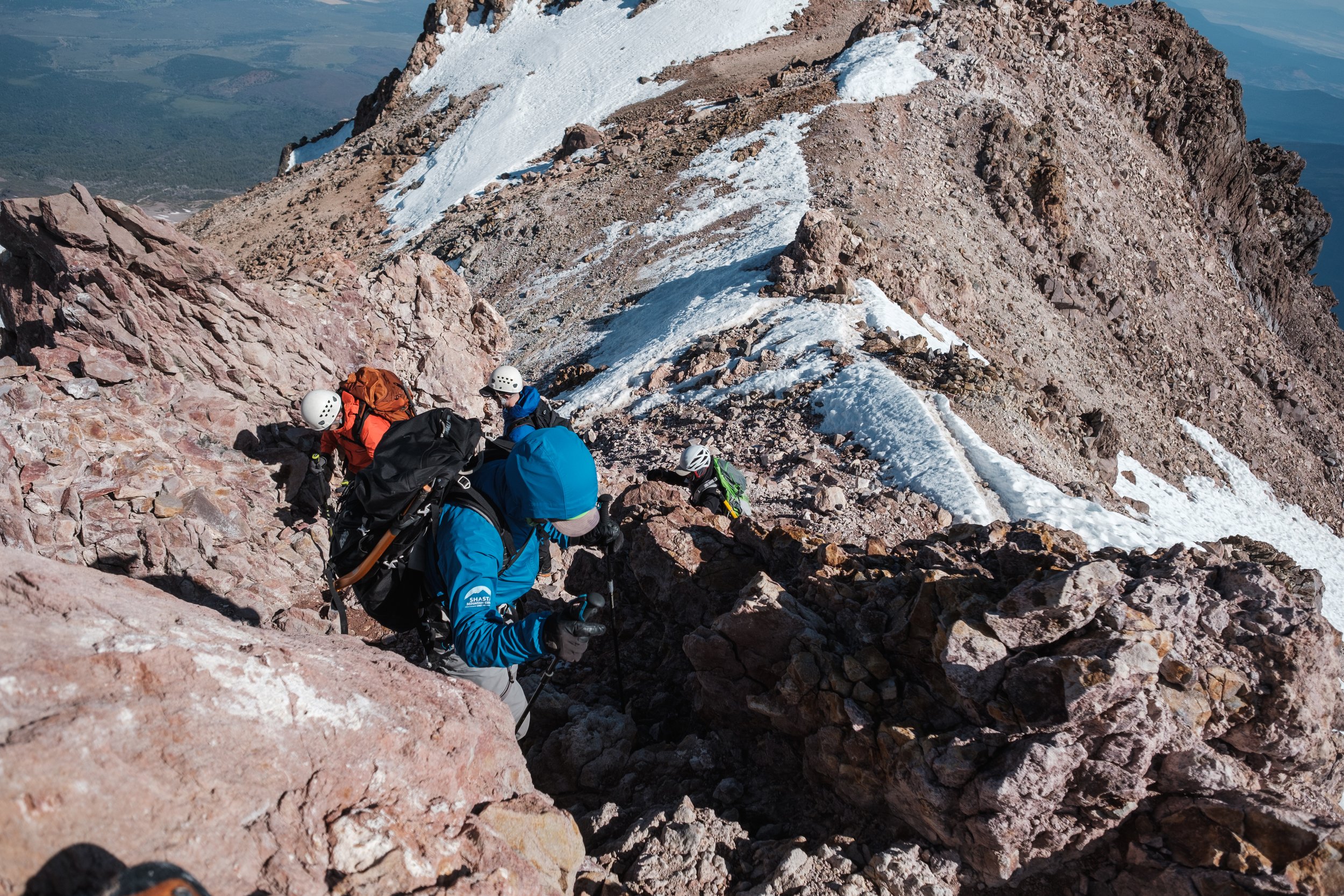Why Climb Mt Shasta With A Guide?









Whether you’ve been thinking about climbing Mount Shasta for 10 years or 10 minutes, the question of whether or not to hire a guide has likely crossed your mind. Some might describe Mount Shasta as a beginners’ mountain. More accurately, Mount Shasta is a beginners’ big mountain, one that requires ample preparation and mental respect. Climbing Mount Shasta is much more than a hike; it is a significant mountaineering objective.
For beginner mountaineers (or mountaineers who’ve never mountaineered), it can be a shock to the system to realize that alpine climbing and mountaineering are unlike any other activity we as humans do. The physical and mental demands, combined with a sometimes extreme and harsh environment, all conspire against those lofty goals we had set for ourselves while in our warm and comfortable houses. While struggling in the moment toward those goals, it’s easy to lose sight of the process in getting there.
There are many approaches one can take to climbing this lumbering volcano, from technical glacier routes and steep exposed snow climbs, to relatively dry scrambles. No matter the approach, all of them will require multiple days and the use of specialized equipment.
Climbing Mount Shasta is at the core of Shasta Mountain Guides. Our guides are passionate about this mountain and sharing the skills that are required to succeed in style. We believe in cultivating an experience for our guests that leave them with a sense of accomplishment and inspired to embrace future challenges in the mountains.
Leading a safe climbing experience is the first priority of our team, and climbing with a local guide can greatly increase your margin of safety. There are no marked routes on Mount Shasta. Finding the safest route, most efficient climbing, and least exposure to hazards is what our guides are trained to do. With the guide navigating the best route, this frees up much needed energy for the ascent.
We dedicate time on every trip for instruction on the tools we use as mountaineers like crampons, ice axes, and techniques for traveling on snow. We’ll conduct ‘Snow School’ to give guests the confidence to carry and use the mountaineering equipment needed to climb and stay safe.
A guide will adapt the climbing pace to the group's needs; after all, an attainable pace can make the difference in achieving your goals or not. In fact, we have found that setting the right pace is a major factor in summit success. Remember, summit day is 12-16 hours of continuous movement and it can be difficult to adequately manage everything during this arduous ascent. Pacing, nutrition, hydration, layering, pressure breathing, rest, hazard management; these are all elements that can be fine-tuned to just the right setting by hiring a good guide. This fine-tuning will enable you to focus on your movement while better enjoying the experience.
It's also important to have a comfortable basecamp and solid meal plan. We estimate that climbers burn 10,000 calories on summit day. Because of this, rest and recovery is critical while at camp. A good guide can build a camp that is comfortable for the entire group and cook meals that are warm and nourish the body, all while nurturing a space for like-minded individuals to meet and develop friendships. This is the experience a good guide can foster.
Bottom line, hiring a guide gives you the best tools to climb a 14,179’ volcano safely and in good style, and who can hopefully share some wisdom on how to thrive in the mountains, not merely survive. Whether it be good stories, bad jokes, fantastic views, tasty mountain food, or a shared loyalty for Mount Shasta, the guides of Shasta Mountain Guides can deliver it all.
We look forward to climbing with you.
